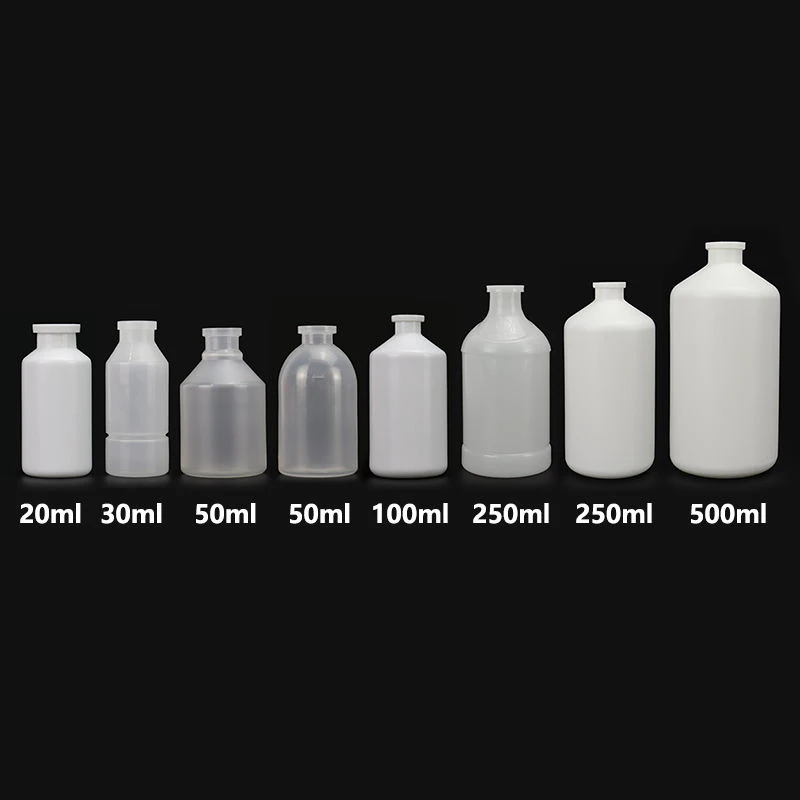
-
 Afrikaans
Afrikaans -
 Albanian
Albanian -
 Amharic
Amharic -
 Arabic
Arabic -
 Armenian
Armenian -
 Azerbaijani
Azerbaijani -
 Basque
Basque -
 Belarusian
Belarusian -
 Bengali
Bengali -
 Bosnian
Bosnian -
 Bulgarian
Bulgarian -
 Catalan
Catalan -
 Cebuano
Cebuano -
 Corsican
Corsican -
 Croatian
Croatian -
 Czech
Czech -
 Danish
Danish -
 Dutch
Dutch -
 English
English -
 Esperanto
Esperanto -
 Estonian
Estonian -
 Finnish
Finnish -
 French
French -
 Frisian
Frisian -
 Galician
Galician -
 Georgian
Georgian -
 German
German -
 Greek
Greek -
 Gujarati
Gujarati -
 Haitian Creole
Haitian Creole -
 hausa
hausa -
 hawaiian
hawaiian -
 Hebrew
Hebrew -
 Hindi
Hindi -
 Miao
Miao -
 Hungarian
Hungarian -
 Icelandic
Icelandic -
 igbo
igbo -
 Indonesian
Indonesian -
 irish
irish -
 Italian
Italian -
 Japanese
Japanese -
 Javanese
Javanese -
 Kannada
Kannada -
 kazakh
kazakh -
 Khmer
Khmer -
 Rwandese
Rwandese -
 Korean
Korean -
 Kurdish
Kurdish -
 Kyrgyz
Kyrgyz -
 Lao
Lao -
 Latin
Latin -
 Latvian
Latvian -
 Lithuanian
Lithuanian -
 Luxembourgish
Luxembourgish -
 Macedonian
Macedonian -
 Malgashi
Malgashi -
 Malay
Malay -
 Malayalam
Malayalam -
 Maltese
Maltese -
 Maori
Maori -
 Marathi
Marathi -
 Mongolian
Mongolian -
 Myanmar
Myanmar -
 Nepali
Nepali -
 Norwegian
Norwegian -
 Norwegian
Norwegian -
 Occitan
Occitan -
 Pashto
Pashto -
 Persian
Persian -
 Polish
Polish -
 Portuguese
Portuguese -
 Punjabi
Punjabi -
 Romanian
Romanian -
 Russian
Russian -
 Samoan
Samoan -
 Scottish Gaelic
Scottish Gaelic -
 Serbian
Serbian -
 Sesotho
Sesotho -
 Shona
Shona -
 Sindhi
Sindhi -
 Sinhala
Sinhala -
 Slovak
Slovak -
 Slovenian
Slovenian -
 Somali
Somali -
 Spanish
Spanish -
 Sundanese
Sundanese -
 Swahili
Swahili -
 Swedish
Swedish -
 Tagalog
Tagalog -
 Tajik
Tajik -
 Tamil
Tamil -
 Tatar
Tatar -
 Telugu
Telugu -
 Thai
Thai -
 Turkish
Turkish -
 Turkmen
Turkmen -
 Ukrainian
Ukrainian -
 Urdu
Urdu -
 Uighur
Uighur -
 Uzbek
Uzbek -
 Vietnamese
Vietnamese -
 Welsh
Welsh -
 Bantu
Bantu -
 Yiddish
Yiddish -
 Yoruba
Yoruba -
 Zulu
Zulu
Analysis of Light Transmission in Lab Cuvettes for Accurate Measurement Techniques
Understanding Lab Cuvettes Essential Tools in Spectrophotometry
Lab cuvettes are small, transparent containers used to hold samples for analysis in various scientific fields, particularly in chemistry and biology. These instruments play a crucial role in spectrophotometry, a technique that measures how much light a substance absorbs by analyzing light intensity and wavelength. The importance of cuvettes cannot be understated, as they directly influence the accuracy and reliability of experimental results.
Cuvettes come in various shapes and sizes, but the most common design is rectangular with a standard path length of 1 cm. This standardization helps ensure that results from different experiments can be compared directly. Depending on the intended use, cuvettes can be made from several materials glass, quartz, or plastics like polystyrene or PMMA. The choice of material is primarily dictated by the wavelength of light used in the experiment. For instance, quartz cuvettes are essential for UV light measurements, as they have high transmittance in the UV range, unlike glass.
In the context of spectrophotometry, the fundamental principle involves passing light through a sample contained within the cuvette. By measuring the absorbance of light at specific wavelengths, scientists can infer various properties about the sample, such as concentration, purity, and the presence of specific compounds. This relationship is quantified using Beer's Law, which states that absorbance is directly proportional to the concentration of the absorbing species in the solution and the path length of the light.
When using cuvettes, it is vital to handle them carefully to avoid contamination or damage. Proper cleaning is paramount, as residues from previous samples can lead to erroneous readings. Different cleaning methods may be applied depending on the material; for instance, quartz cuvettes can be cleaned using harsh solvents, while plastic ones might require gentler solutions. Furthermore, cuvettes should be free from fingerprints and scratches, as these imperfections can scatter light and compromise measurement accuracy.
lab cuvette

In laboratory settings, choosing the right cuvette is crucial. Factors such as optical path length, material, and volume capacity must align with the requirements of the specific experiment. For quantitative analyses, ensuring that the cuvette matches the wavelength being employed is essential; for example, a UV-visible spectrophotometer requires UV path-length compatible cuvettes.
It is also important to consider the type of measurement being taken. While most cuvettes are designed for clear, homogeneous solutions, specialized cuvettes exist for more complex samples, such as turbid solutions or those containing solid particles. These specialized cuvettes might feature unique designs, such as having a larger optical path or built-in stirrers to ensure uniform sample distribution.
In recent years, advancements in technology have led to the development of disposable cuvettes, which offer convenience and reduced risk of cross-sample contamination. These are often made from plastics, designed for single-use applications, and provide an economical option for laboratories that conduct numerous tests.
In conclusion, lab cuvettes are integral to experimental protocols involving light absorption measurements. Their design, material choice, and cleanliness can greatly influence the results obtained in spectrophotometric analyses. For scientists and researchers, understanding the nuances of cuvette selection and handling can enhance the quality and reliability of their experimental outcomes, ultimately advancing research in various fields. Whether you are investigating biochemical substances or testing environmental samples, the humble cuvette is an essential component in the toolkit of modern science.
-
Premium Metal Dropper Bottle for Precise Dispensing 250ml & 1ml Options AvailableNewsJul.04,2025
-
20 ml Headspace Vials - High Quality Polyethylene & Plastic Vials for Lab UseNewsJul.04,2025
-
Small Bottle with Pipette - Precise Dispensing 100ml Pipette Bottles for Essential Oils & Lab UseNewsJun.24,2025
-
Acetic Anhydride Bottle for Accurate Dropper Measurement in Pharmacy Use High-Quality Dropper BottlesNewsJun.10,2025
-
Innovative PET Bottle Design for Juice – Unique Shapes & Customization OptionsNewsJun.10,2025
-
20 Pack Sterilized Petri Dishes – Assorted Sizes, High Quality Small Plastic Petri Dishes for Lab UseNewsJun.10,2025






















